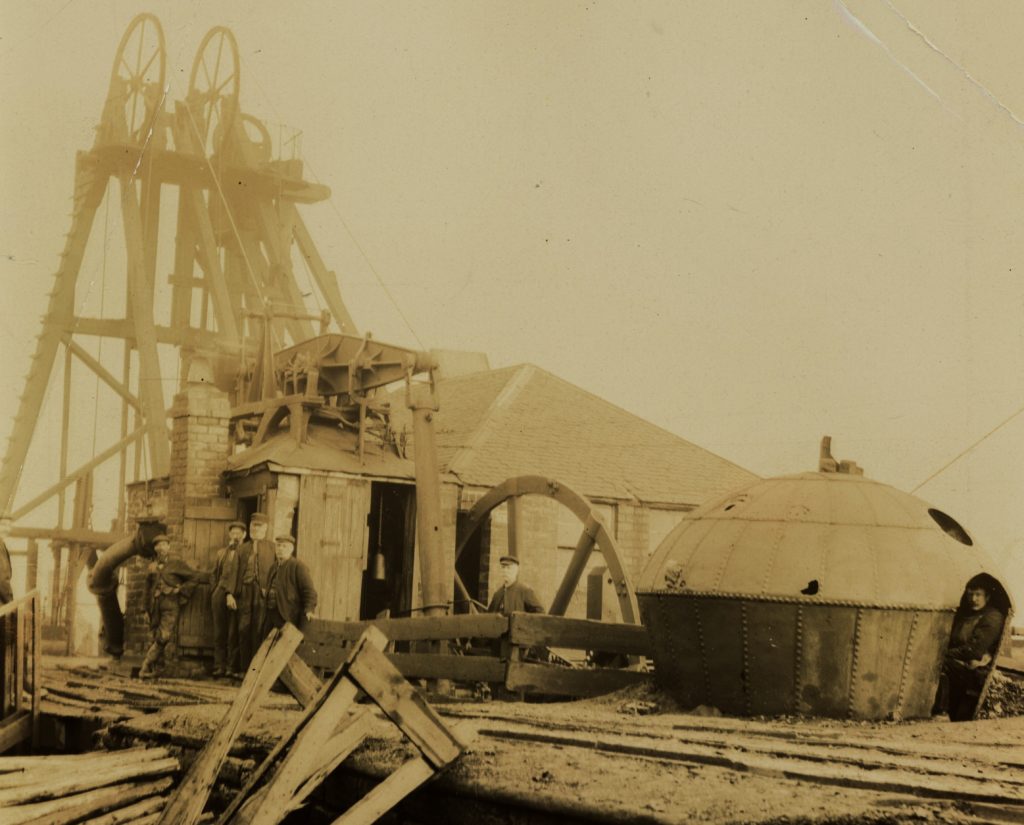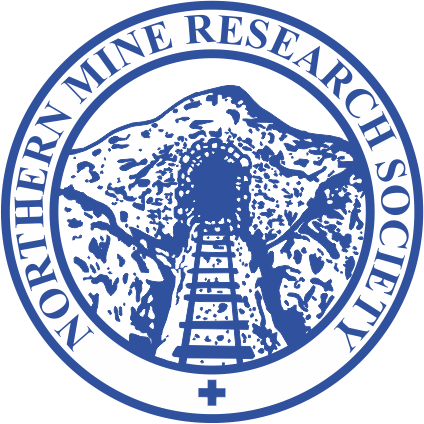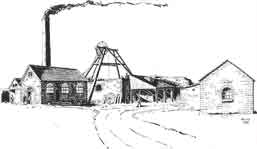IEEC3 – Conference March, 2024
IEEC3 Conference Details
Building on the success of our previous conferences, we are delighted to confirm our third international Early Engines Conference event (IEEC3).

THEME
Ensuring Scottish contributions to early engine developments are recognised and celebrated.
IEEC3 Conference theme
VENUE, DATES, AND VISITS?
The event will run from noon Friday 22nd until noon on Sunday 24th March 2024. The conference will be hosted at the Summerlee Museum of Scottish Industrial Life, in Coatbridge, North Lanarkshire.

Heritage Way,
Coatbridge,
Lanarkshire,
ML5 1QD

Pre- and post-conference trips Thursday 2st and Monday 25th March 2024
Visits to surviving Newcomen engine and other industrial history sites are being arranged on Thursday 21st and Monday 25th March 2024, at separate cost. For a preview of the sites, and what to expect, see our blog on the recce for the trips in November 2023.
PARTICIPATION IN THESE TRIPS MUST BE PRE-BOOKED, and confirmed via the organisers (email admn@earlyengings.org). WATERPROOF FOOTWEAR AND CLOTHING RECOMMENDED.
Please see Supplementary Trip information to before deciding and applying to join.
FORMAT & CULTURE
We are determined that the culture of the event will be friendly, inclusive, co-operative, and non-elitist. If you haven’t attended previously, we will ensure you feel welcomed and included. The format will be similar to IEEC1 (2017) and IEEC2 (2021), to include publication (at no extra charge) of the Conference Transactions.
COSTS AND BOOKING DETAILS
Because we do not have an external “soiree” on the Friday evening (our event will be inside the Museum around their Grant Ritchie Steam Winder) our ticket prices will be lower than previous events. We hope this encourages those residing south of the border to make the journey to Scotland. As you would expect, the programme shows a focus on early engines and engine builders in Scotland.
- Full Ticket £95,
- Day Tickets £35, £50 and £20
- Pre-and post-Conference Trips on Thurs 21st and Monday 25th March charged separately, as noted above.
Programme
[Draft] Last updated 19/2/24
Conference Day 1 – Friday 22nd March 2024
| Time | Activity |
| 10.30 Onwards | Registration, familiarisation with the venue and meeting fellow delegates. |
| 11.00 | Refreshments available |
| 12.00 | Buffet Lunch |
| 12.45 | Welcome and Opening of the Conference – Heather Liddle (Active & Creative Communities Manager, North Lanarkshire Council) |
| 12.55 | Agenda, Logistics and Housekeeping – Steve Grudgings (IEEC) |
| 13.00 – 13.40 | Justin Parkes, The Story of the Farme Colliery Engine – This paper lays out the history and operational context for this unusual winding engine serving Farme Colliery from 1810 to 1916. The paper also describes how it was saved from the scrapman and moved to Summerlee and the challenges therein. This will be followed by a short paper from Mike Potts on issues concerning the engines design, specifically its manual operation We hope some parts of the engine will be accessible to delegates during the conference. |
| 13.40-14.00 | Mike Potts, The 1810 Farme Colliery Winding Engine, design problems – Short paper on issues concerning the engines design, specifically its manual operation We hope some parts of the engine will be accessible to delegates during the conference. |
| 14.00-14.30 | Ellie Swinbank, The Caprington Colliery Engine. The research of Geoff Haynes – The senior curator of technology at National Museums Scotland (NMS), presents the work of Geoff Hayes, whose engineering expertise was essential to the reconstruction of this engine in its current location at NMS. This paper describes what is known of its working life, its preservation, and its current interpretation. |
| 14.30-15.00 | John Townley, The World’s First Steam Mills (1779-1783): Wasbrough & Pickard and their mills – Matthew Wasbrough of Bristol erected his first steam mill in 1779 and by his death in October 1781 had erected at least four others in Bristol and the Midlands. Although not a great mechanical success, his partnership with James Pickard of Birmingham meant these engines would be retro-fitted with Pickard’s crank & flywheel and some continued working well into the nineteenth century. This paper focuses on the entrepreneurial character of their customers and the role these early engines served. |
| 15.05- 15.30 | REFRESHMENTS |
| 15.30- 15.50 | Mike Potts, Loading and Balancing the Atmospheric Engine (read by Edward Potts) – This paper explores the practical issues relating to loading and balancing early engines encountered by their owners and operators and the solutions bought to bear. The differing challenges presented by Pumping and Rotative engines will be described and discussed. |
| 15.50-16.20 | Steve Dewhirst, Early Engines on the south bank of the Severn Gorge – The shallow mines south of the River Severn were largely self-draining, so it wasn’t until the 1750s that steam engines were introduced for use in the booming iron industry. Steve Dewhirst’s full paper examines the engines in these works and the introduction of small winding engines in the late 1700s in the associated coal and ironstone mines. It will also briefly look at engines built by these works in the late 18th and early 19th centuries and some technical oddities. |
| 16.20-16.45 | Mike Nevell, Excavating Eighteenth Century Engines in Ironbridge. – This paper describes the findings from the largely unpublished excavations of several late 18th century pumping engines around the gorge. This will include the site of the Heslop engine at Blists Hill and is intended to provide a more complete picture of all the engines in this the cradle of the Industrial Revolution. |
| 16.45- 17.30 | Richard Matthews, Foxclough Colliery Engine House, Colne. An enigma wrapped in a mystery – This double paper describes the findings of his field and desk research concerning the engine house remains at Foxclough Colliery near Colne. This will conclude with a brief account of the surviving Newcomen Engine House at Great Harwood. |
| 17.30-18.10 | Donald Adamson and Robert Yates, Early Engines at Culross Colliery – This paper sets out the finding of their field and desk research into Sir George Bruce’s “coal mine under the sea” and its innovative drainage technologies. These include the famous “coal pit under the sea” and the “Egyptian wheel”. |
| 18.30 | Tour of Museum and cash bar around the 1926 Murray and Patterson (of Coatbridge) Steam Colliery Winding Engine |
| 19.00 | Hot Buffet |
| 20.15 | Last Orders |
| 20.45 | Closure and Delegates Depart |
Conference Day 2 – Saturday 23rd March 2024
| Time | Activity |
| 8.30 | Venue open and refreshments available |
| 09.00- 09.10 | Welcome, recap day 1 and review agenda for day 2 |
| 9.10-9.35 | John Barnatt, Early Engines in North-East Derbyshire – John Barnatt’s recent desk and field research cataloguing coal working in North East Derbyshire has identified many previously unrecorded early engines. This full paper lists their locations, operating periods and records of local engine building as well as correcting misinterpretations in other accounts. (Paper to be read by Steve Grudgings) |
| 9.35-10.20 | John Kanefsky, The Carron Company and Steam Engine Building, 1760-1800 – This paper examines the factors enabling the Carron Iron Company to make significant contributions to engine building in the second half of the eighteenth century, and highlights some previously unrecognised engines and sites. |
| 10.05-10.35 | Richard Lamb, The Working Model Newcomen Engine – This short paper sets out why this engine was selected for modelling and describes practical aspects of the design and fabrication processes. The paper also sets out insights the project provided concerning the issues encountered during Newcomen and Calley’s experiments and subsequent developments. An analysis of steam loss in relation to cylinder proportions will also be laid out for a range of engine sizes. (Read by Steve Grudgings) |
| 10.35- 11.00 | Mike Potts, Henry Beighton, the Fire Engine Documents (read by Edward Potts) – This paper describes the insights and discoveries resulting from his analysis of Beighton’s documents and how this provides a new understanding of his work in this formative phase of engine development |
| 11.00-11.20 | REFRESHMENTS |
| 11.20- 12.00 | Bill Whitehead, John Stein Kennetpans Distillery B&W Steam Engine 1786 – This paper will describe how, whilst keen to be the first distillery powered by steam, Stein kept changing his mind over the size of the engine required. Stein was fortunate that an engine was available originally built for an American living at the time in London. We plan to visit the Kennetpans site on Monday. |
| 12.00- 12.20 | Steve Grudgings & Ian Castledine, James Twyford – Somerset’s Agricola? – This short paper is intended as a primer for a more comprehensive programme examining the work of this little-known polymath and chronicler of pre-steam engines. |
| 12.20- 12.40 | Peter King, Joseph Hateley – Engineer of Bo’ness, Bristol and elsewhere – This short paper by describes what is known of the Engineer and Patentee who worked with Watt. |
| 12.40-13.30 | LUNCH |
| 13.35-13.40 | Adam Lucas – A short update on the Away from the Water Project British Textile industry’s transition from water to steam power (Scotland, Wales and England) – estimating waterpower potential for forthcoming publication. Also looking at recirculating engines, building on work of John Townley and Dr John Kanefsky. |
| 13.40 | James Greener, Research in progress (read by Steve Grudgings) A short overview of several research topics on Newcomen and Calley’s inventive method, motivations, networks and legacies. |
| 13.40- 13.50 | David Hardwick, How Chaddesley Corbett changed the world Short overview, building on James Greener’s research work, this paper discussed the Potter family of fire engine builders. (A longer version of this paper has been presented to the Newcomen Society) |
| 13.50-14.10 | David Hardwick, Early Engines at Whitehaven A summary of previous research, review of strengths and weaknesses and a reappraisal through map regression and photographic reappraisal. |
| 14.10-14.35 | Mike Potts, The Heslop Engine (read by Edward Potts) – Together with Hornblower and Thompson, Heslop designed and oversaw erection of a number of successful compound atmospheric engines, many of which were installed in his home area of Cumbria. This paper describes the background to the man, his engines and their modus operandi. |
| 14.35- 15.10 | Kelvin Lake, Excavating the Pitchcroft Limestone Mine winding and pumping engine sites in Shropshire – This paper will lay out Shropshire Caving and Mining Club’s work in excavating and interpreting the sites of two engines at Pitchcroft. The winding engine site is believed to have housed a Heslop style engine, while the nearby pumping engine site housed a much larger engine. |
| 15.10-15.30 | REFRESHMENTS |
| 15.30-16.05 | Anton Howes, Deep roots of the atmospheric engine This paper will describe engines that exploited atmospheric pressure before Torricelli, including new evidence of William Petty’s and Kaspar Kalthoff’s experiments in the 1630s and 40s. |
| 16.05-15.20 | Peter Konečný, Early Boulton & Watt Engines in Banská Štiavnica mining (1861-1912) – Describing the contexts for installations of central European steam engines and the challenges faced by the men erecting them. |
| 16.20- 16.40 | Branislav Mereš, Remodelling the engine in Nová Baňa Describes the detailed process of creating a scale model of the Althandel Newcomen engine from 1722, using archaeological excavation, archival research, photogrammetry, computer modelling and 3D printing. |
| 16.40- 17.05 | David Hardwick, Early Scottish Engine Houses (Part 1) This paper describes a range of previously unknown or inaccurately reported early engines across Scotland. This is work in progress, concerned with correcting the record, and ensuring the numbers and importance of early engines in Scotland are better understood. |
| 17.05-17.55 | John Crompton, William Sandeman’s Boulton & Watt Engine for Douglasfield Bleach Works, Dundee – This full paper draws on the Boulton & Watt Archives to chart the making and building of the engine, and examines the alterations made during its working life and in preservation. |
| 18.00 | Venue Closes & Delegates Depart |
| EVENING AT ATTENDEES LEISURE |
Conference Day 3 – Sunday 24th March 2024
| Time | Activity |
| 08.30 | Venue open and refreshments available |
| 09.00 | Welcome, recap day 2 and review agenda for day 3 |
| 9.05-9.40 | Mike Potts, The Newcomen Engine in 2020 (with Edward Potts) – This paper describes new materials relating to early engines that have emerged since 2020. These include paintings and drawings, clock and watch faces and photographs, hopefully encouraging us all that there is still new (to us) material out there. |
| 9.40-10.00 | Mike Potts, The Polzunov Engine (read by Edward Potts) – This short paper describes what little is known about the world’s first twin-cylinder blowing engine, built for the Pulzunov ironworks in the Ural Mountains in 1766. The engine never worked, but a model of it survives. |
| 10.00- 10.45 | Mark Watson, Rotative Engines in Scotland, 1786-1810 – This paper describes and locates the rotative engines supplied to Scotland by Boulton and Watt, and Fenton Murray and Wood. Seven engine houses or parts thereof are understood to still exist and offer archaeological potential in their walls and foundations. |
| 10.45- 11.10 | REFRESHMENTS |
| 11.10 | James Greener, Summary of work so far & open questions concerning the invention of Newcomen’s engine |
| 11.10-11.35 | Mike Potts, The site of the first Newcomen Engine (read by Edward Potts) – This short paper examines the various different theories concerning the location of Newcomen’s first engine in the West Midland and makes a case for which of these is correct. |
| 11.35-12.10 | David Hardwick, Early Scottish Engine Houses (Part 2) Concluding part of a general survey of surviving Newcomen Engine house sites with observations and new challenges to previously accepted dates, and phases of use. |
| 12.10-12.30 | Peter King, Brettell Lane Engines – This paper sets out new discoveries relating to engines around Brettell Lane, Brierley Hill. |
| 12.30 | Closing Address and Conference End |
| 13.00 | Venue Closes and Delegates Depart |
Sponsors
IEEC is sponsored by The Association for Industrial Archaeology, The Northern Mine Research Society, The International Stationary Steam Engine Society and The South Gloucestershire Mines Research Group




